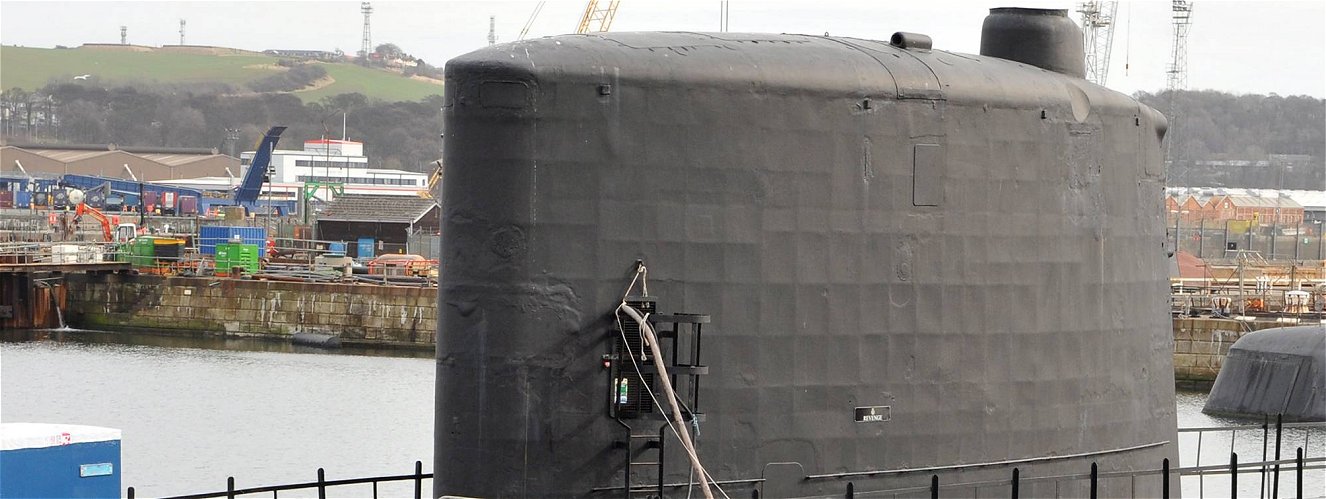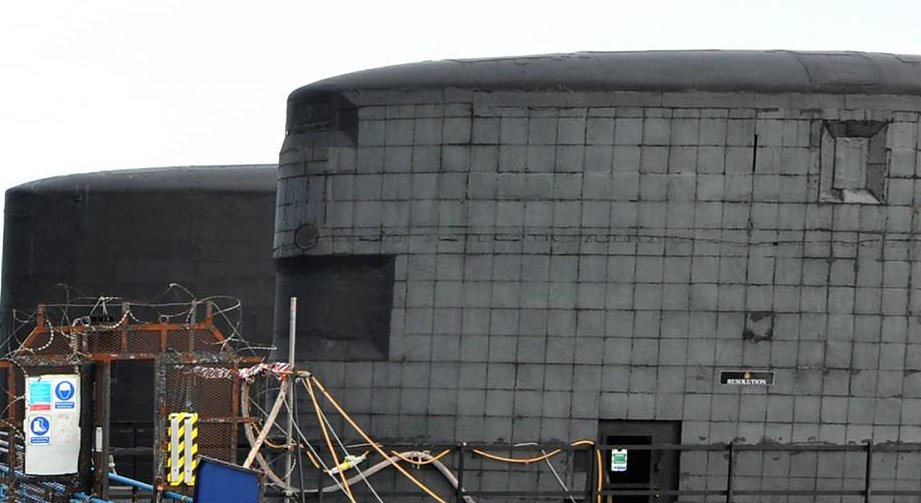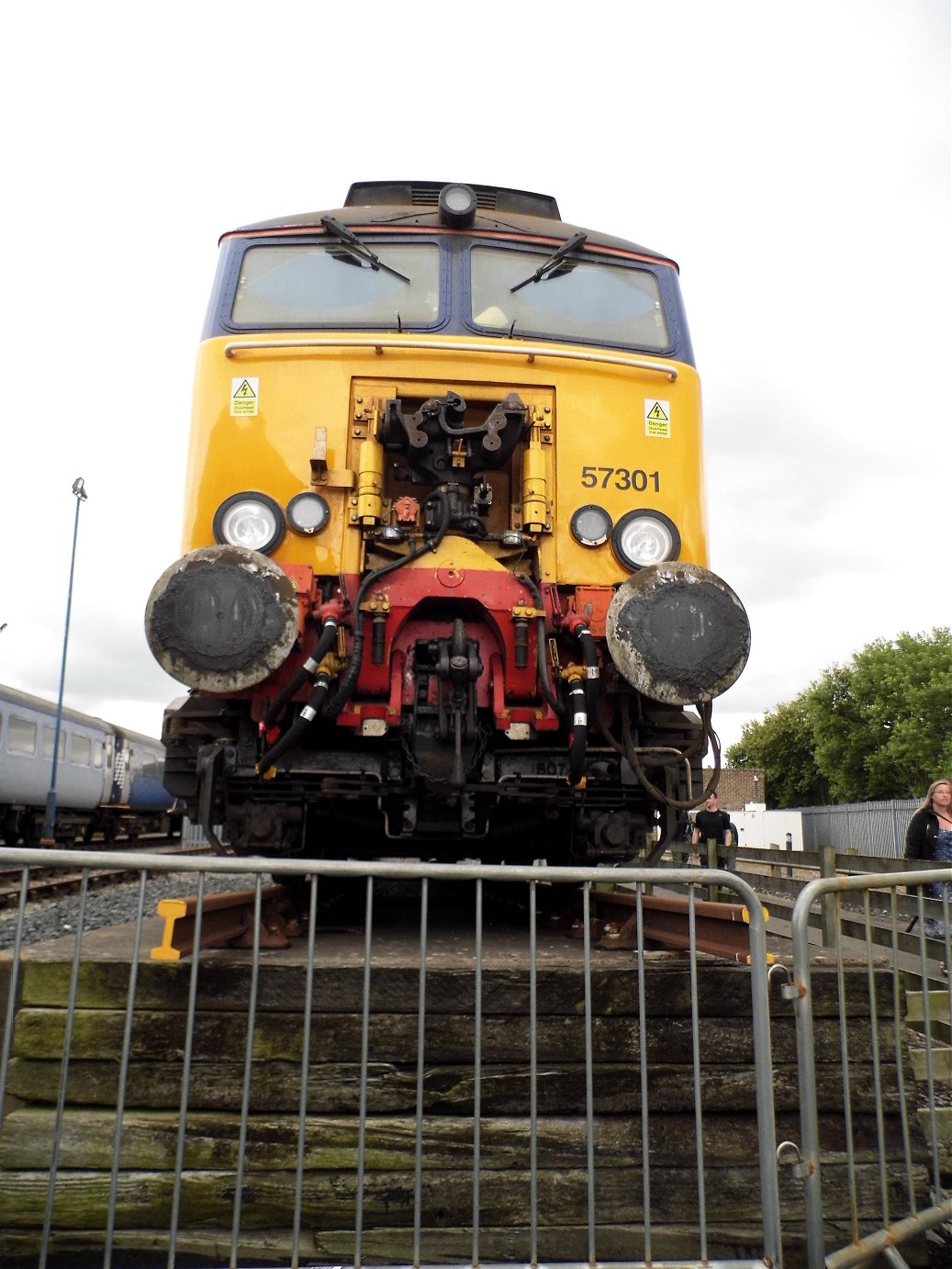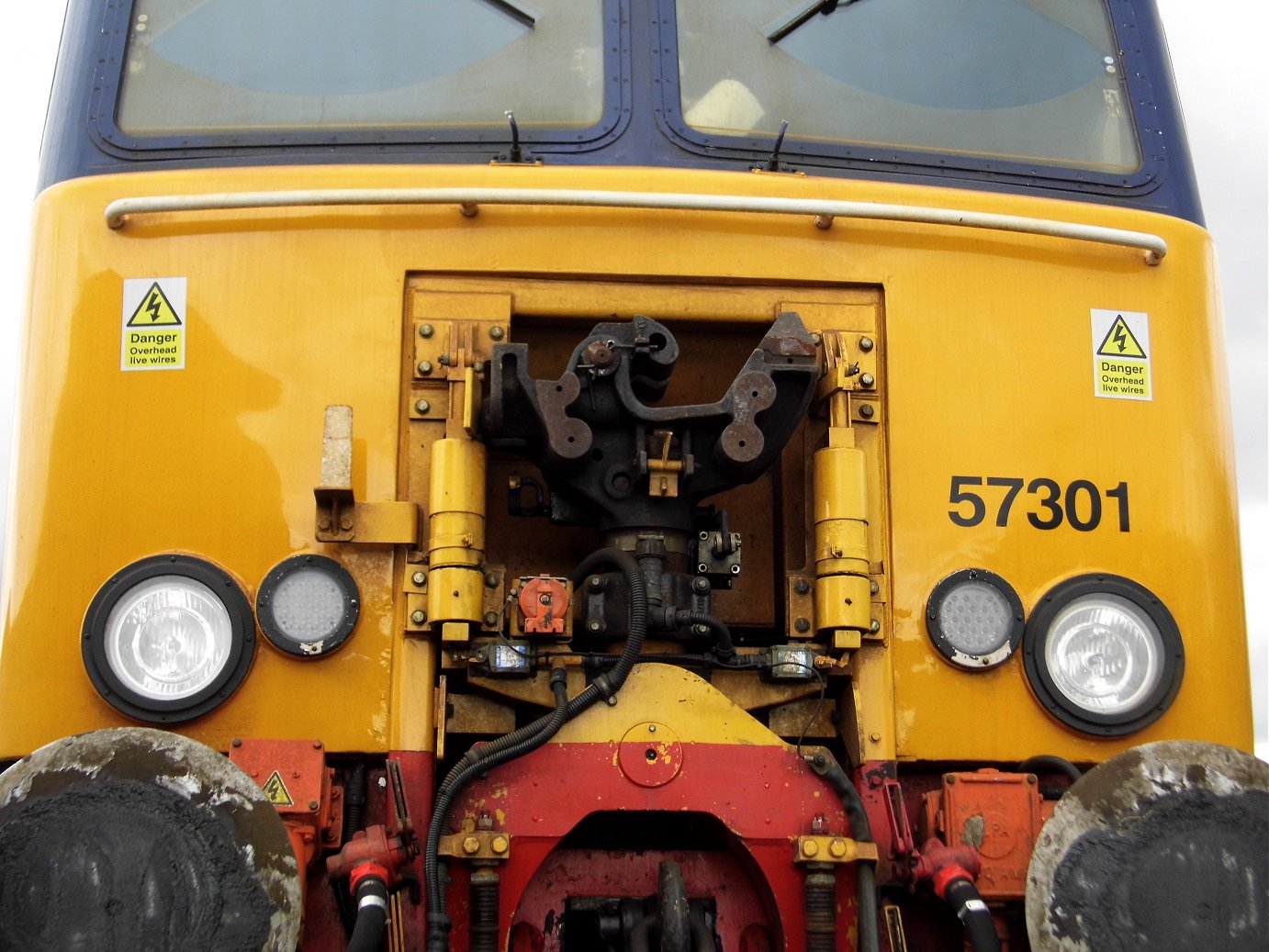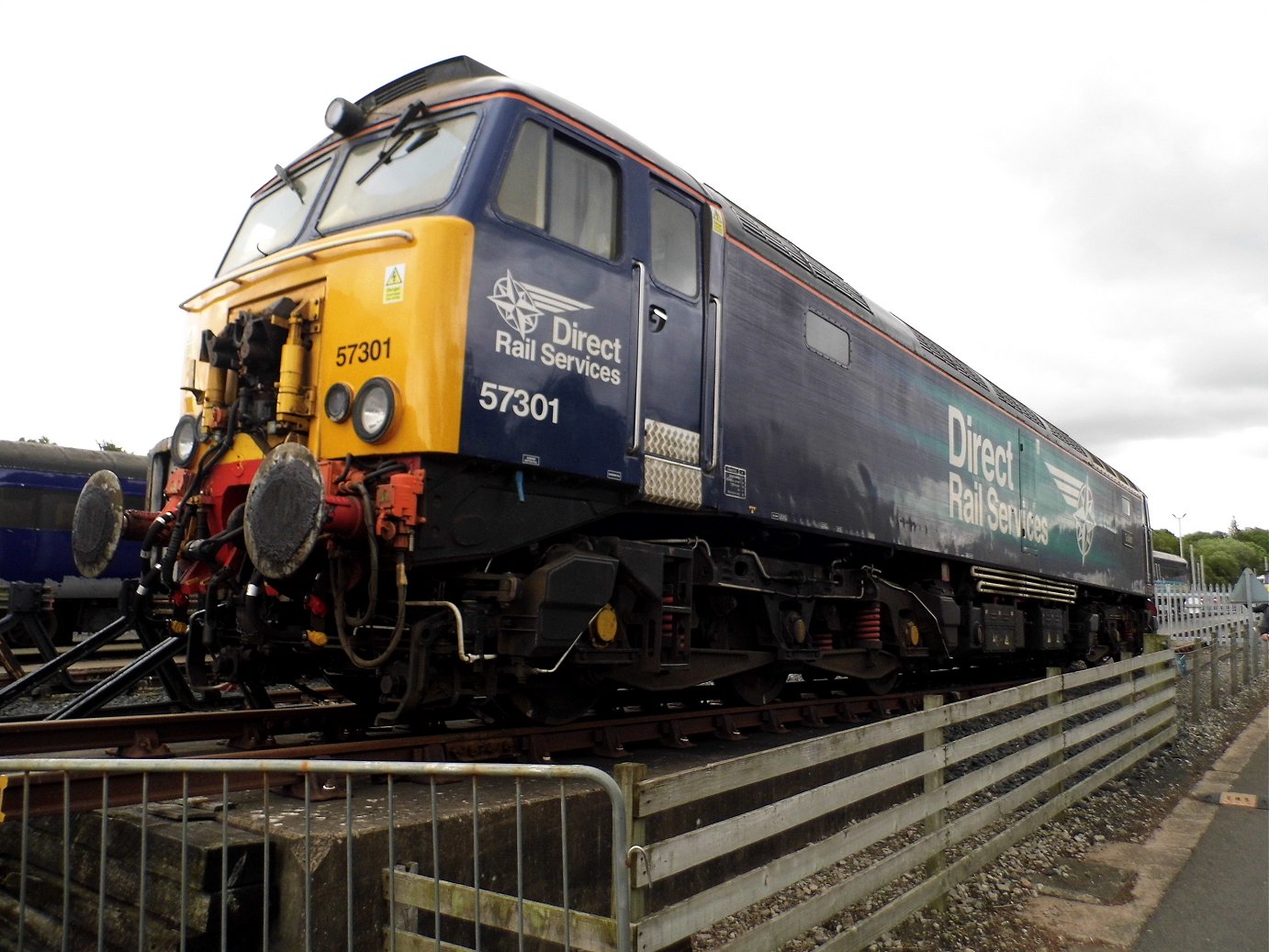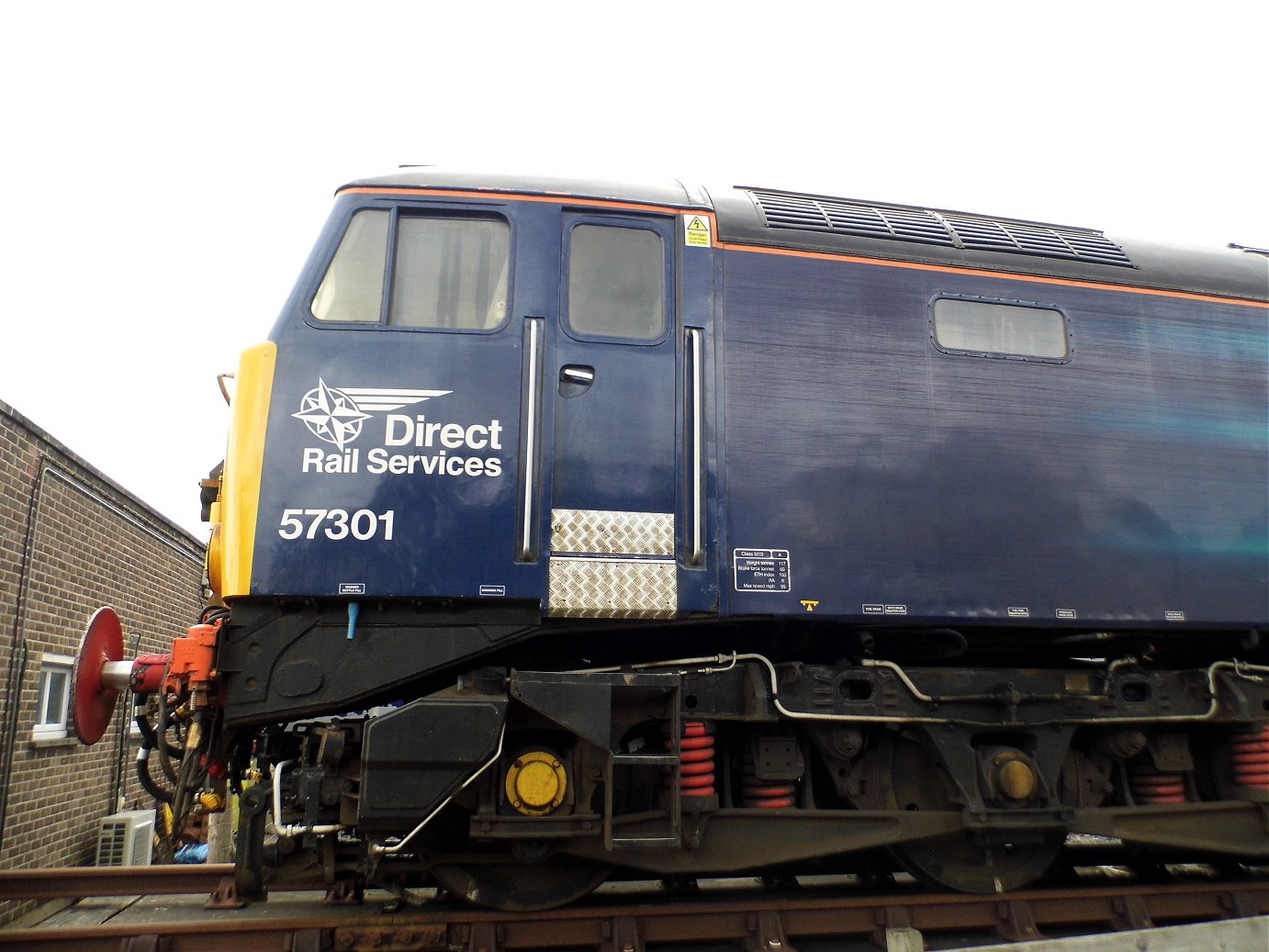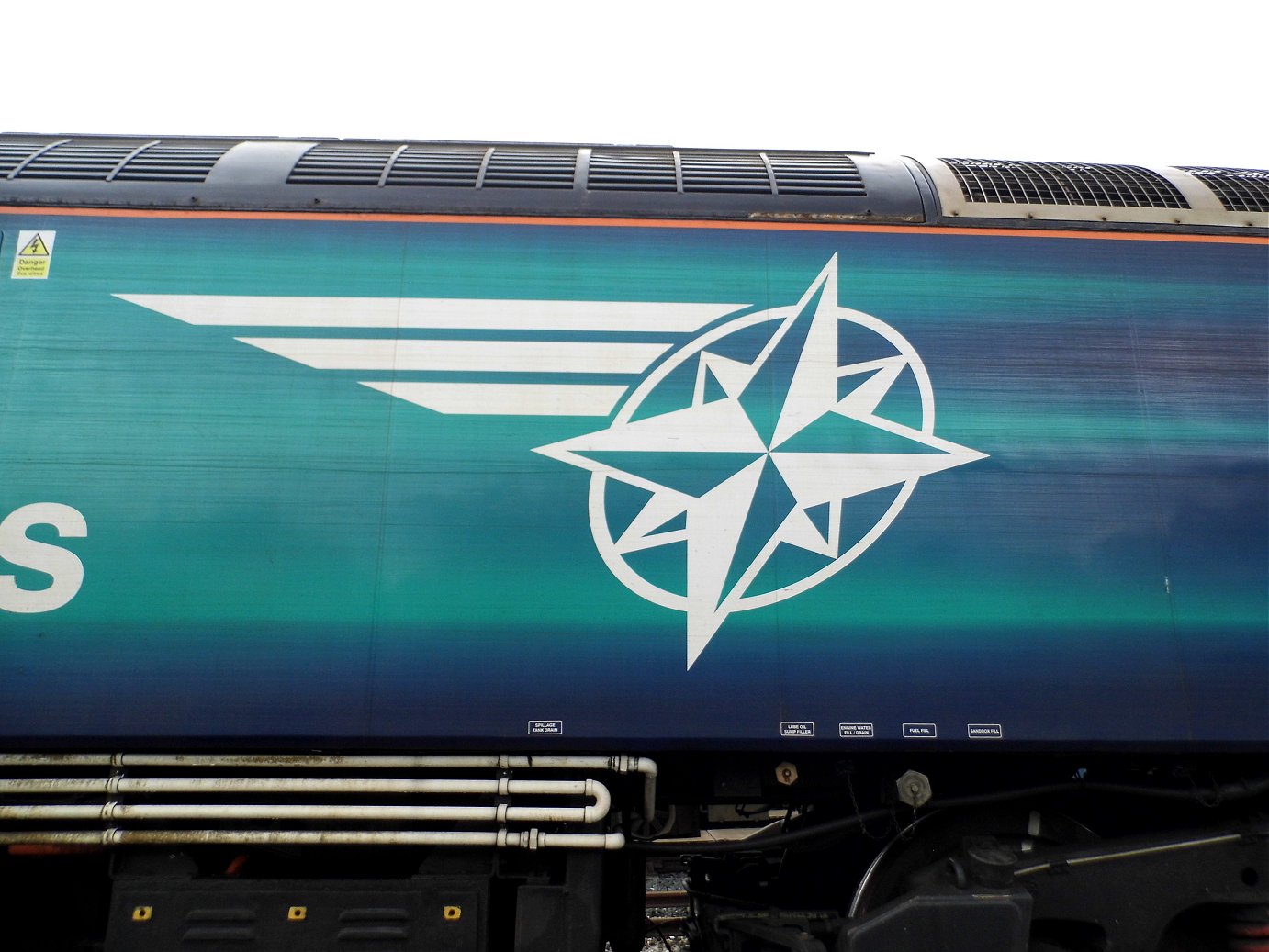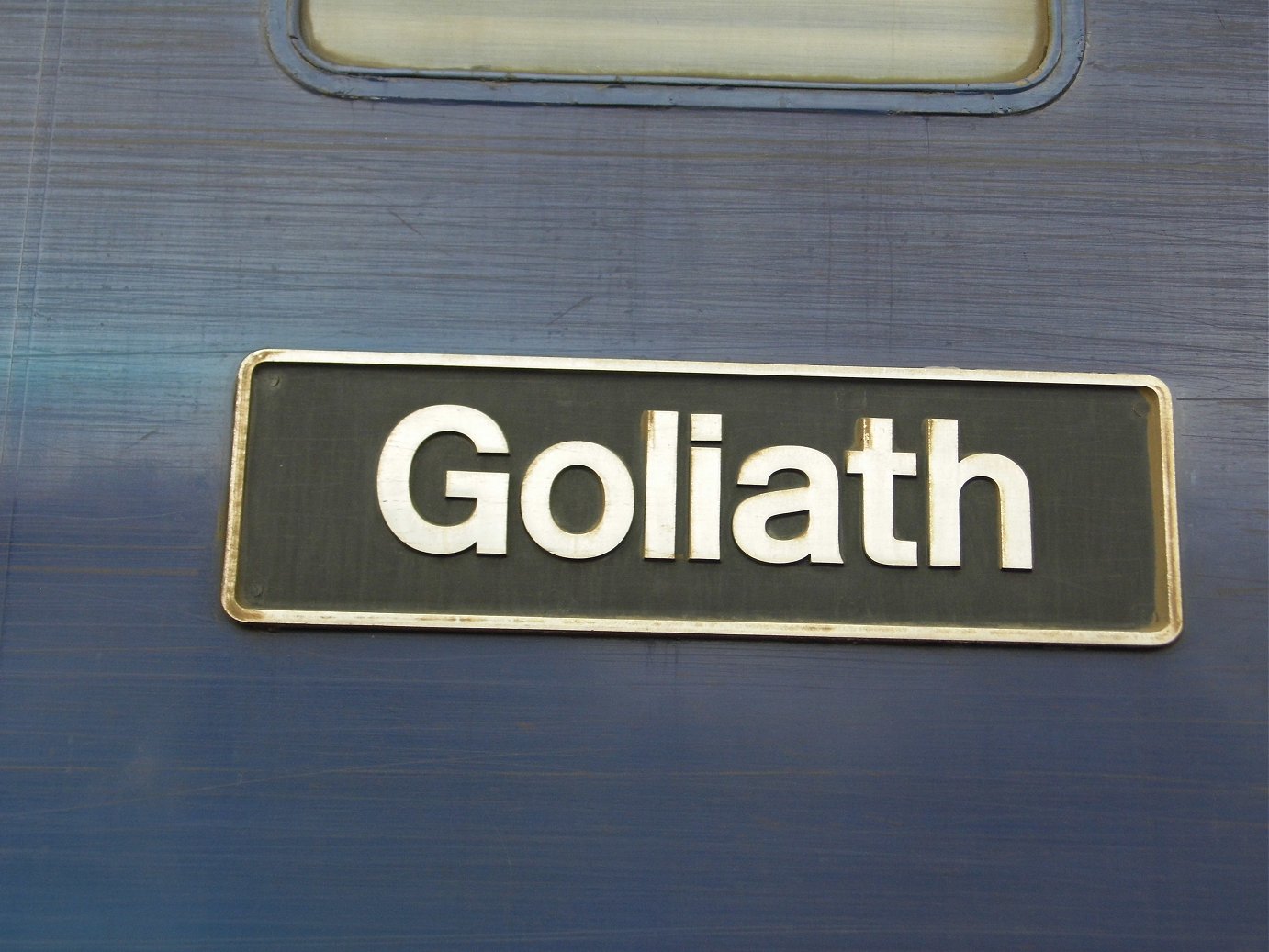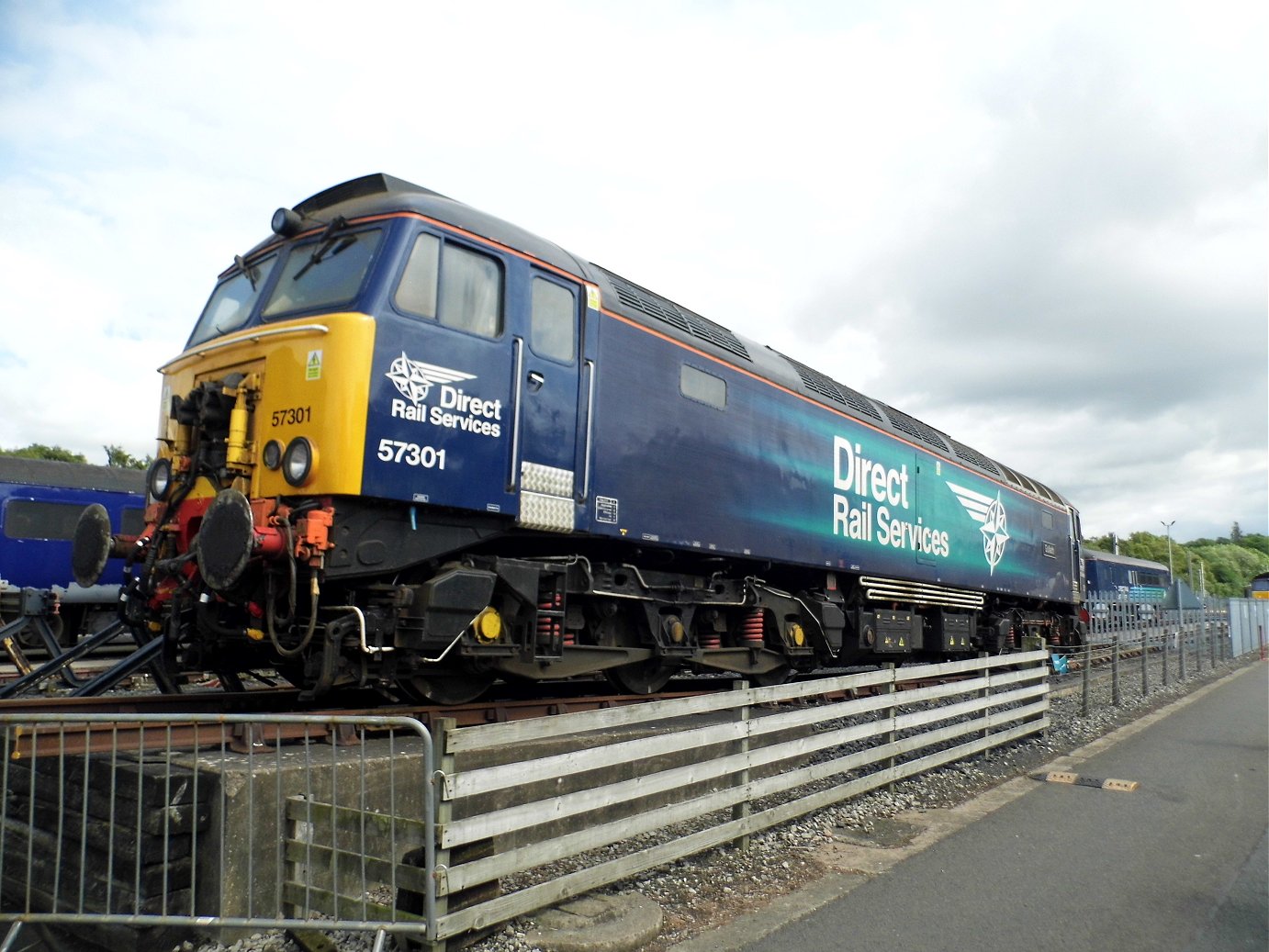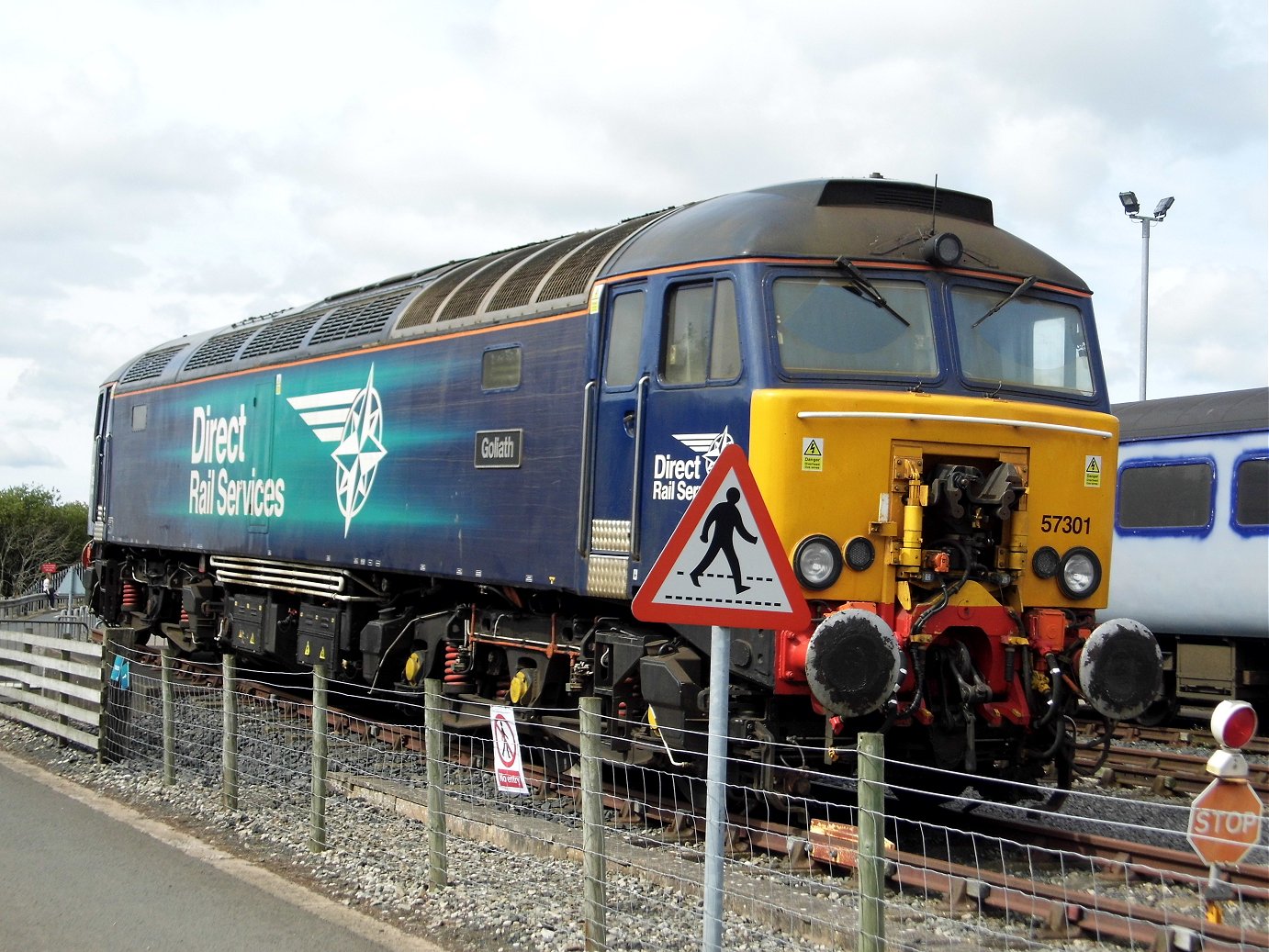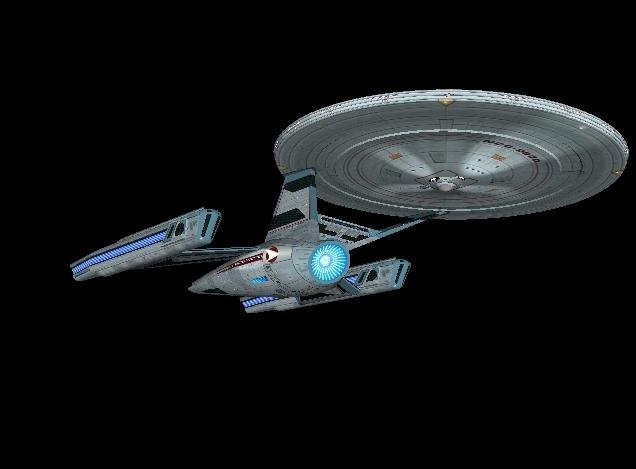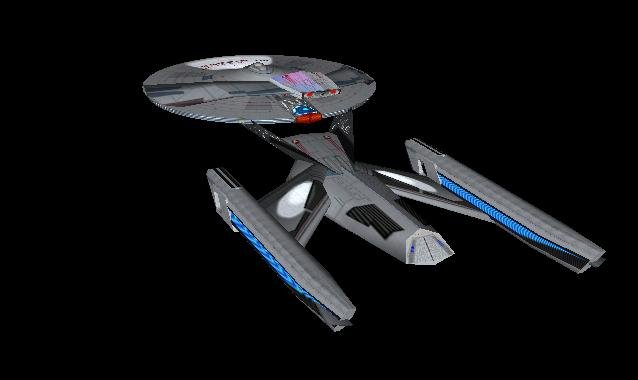

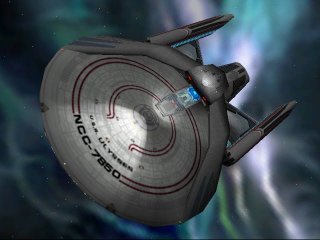
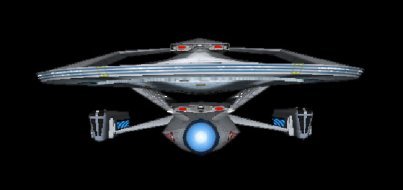
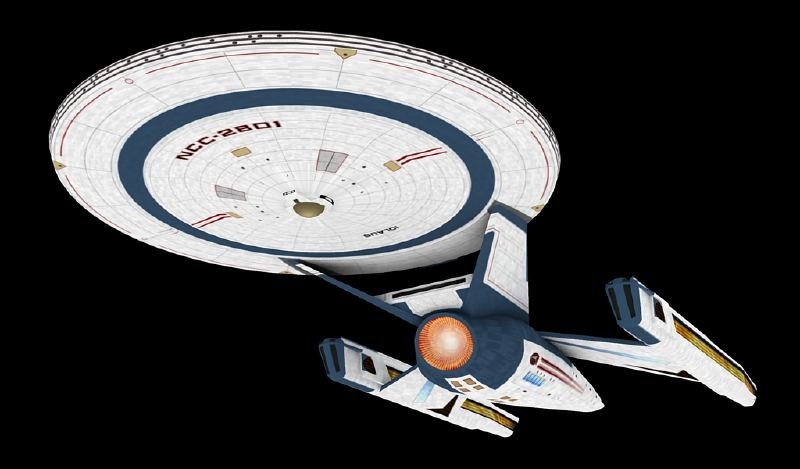 The Andorians strongly supported Turner's proposal for a heavy dreadnought and the recent Klingon aggression served to persuade the President to authorise the research and design of the Ulysses project. Authorisation for a prototype and early production would be a later debate for another presidential term. The Jupiter spacedock facilities that had developed the Federation, Ascension and Komsomolsk class prototypes was tasked with the design of the Ulysses.
The Andorians strongly supported Turner's proposal for a heavy dreadnought and the recent Klingon aggression served to persuade the President to authorise the research and design of the Ulysses project. Authorisation for a prototype and early production would be a later debate for another presidential term. The Jupiter spacedock facilities that had developed the Federation, Ascension and Komsomolsk class prototypes was tasked with the design of the Ulysses. | Name | Registry | Notes | Author's Notes |
| Ulysses | 7850 | ||
| Goliath | 7851 | Command of Admiral Lawrence Buckingham. | Named for Direct Rail Services locomotive 57301. |
| Molnjir | 7852 | Named for the legendary hammer of Thor. | |
| Shras | 7853 | Named for the famous Andorian Admiral. One provision of the Andorians supporting the design. |
